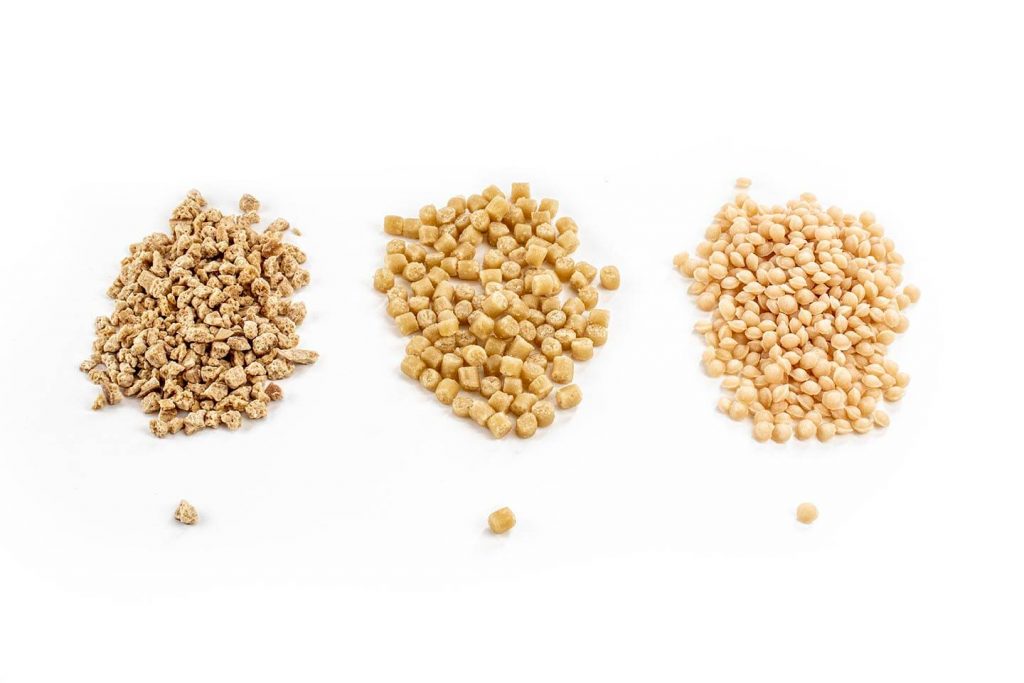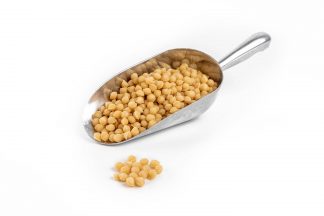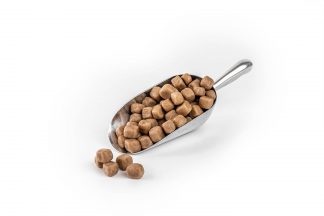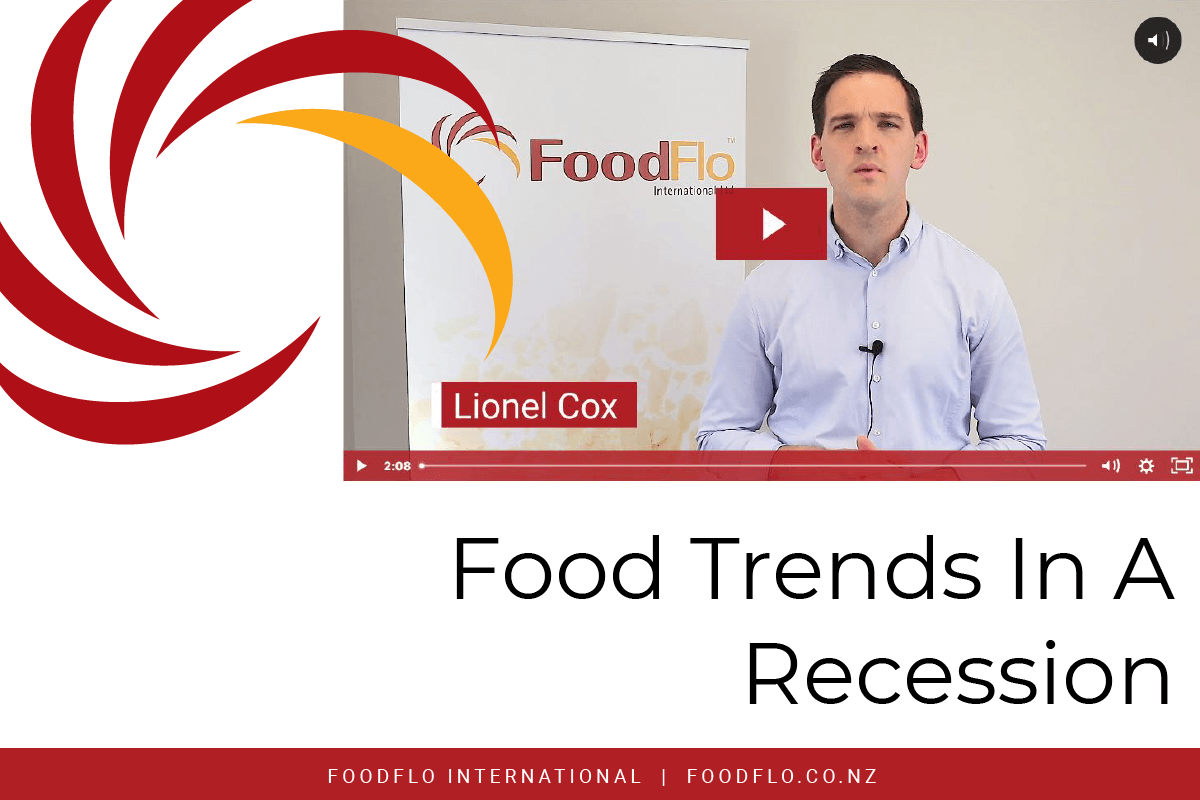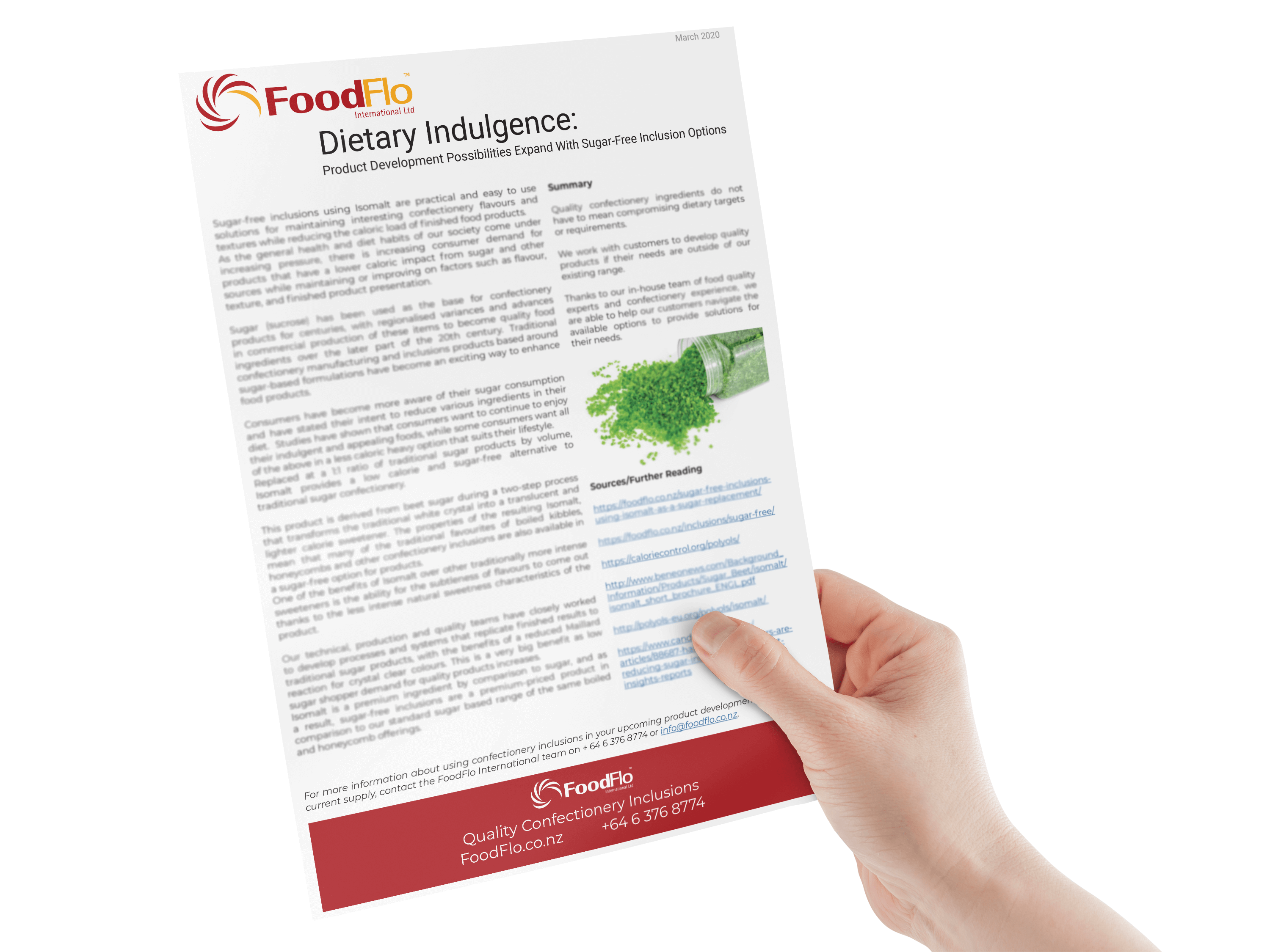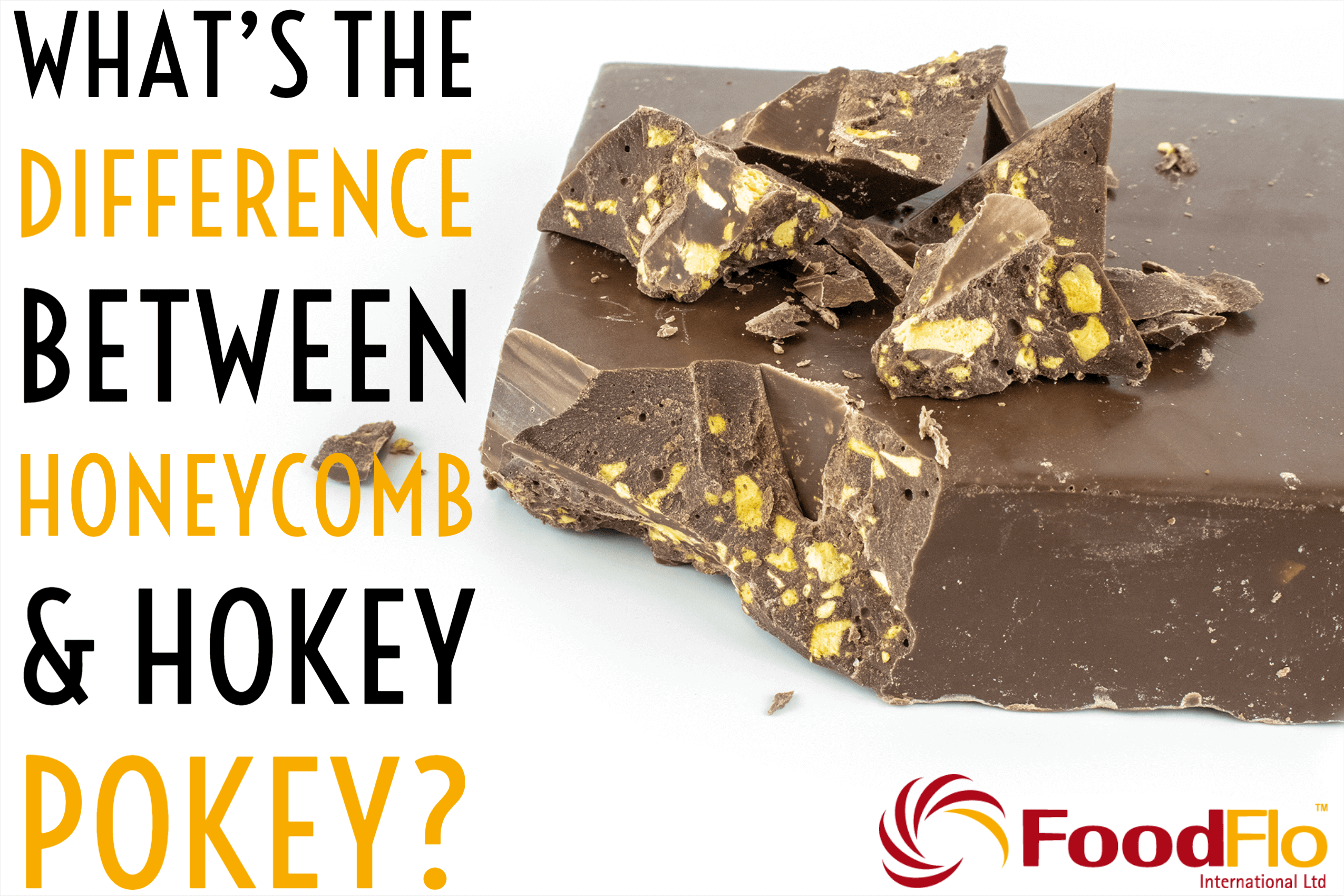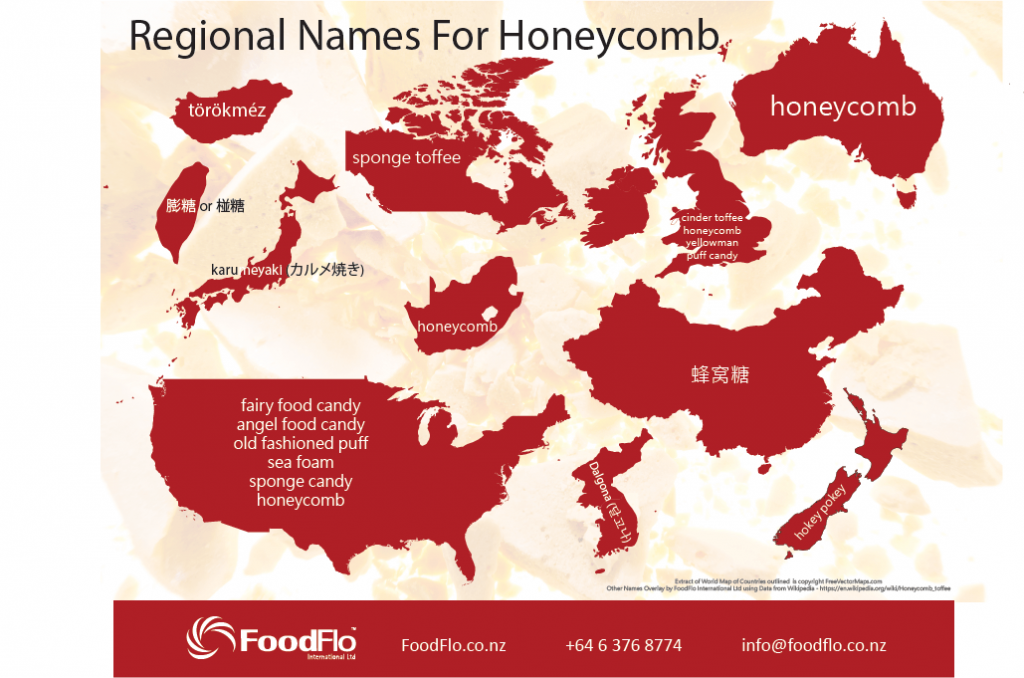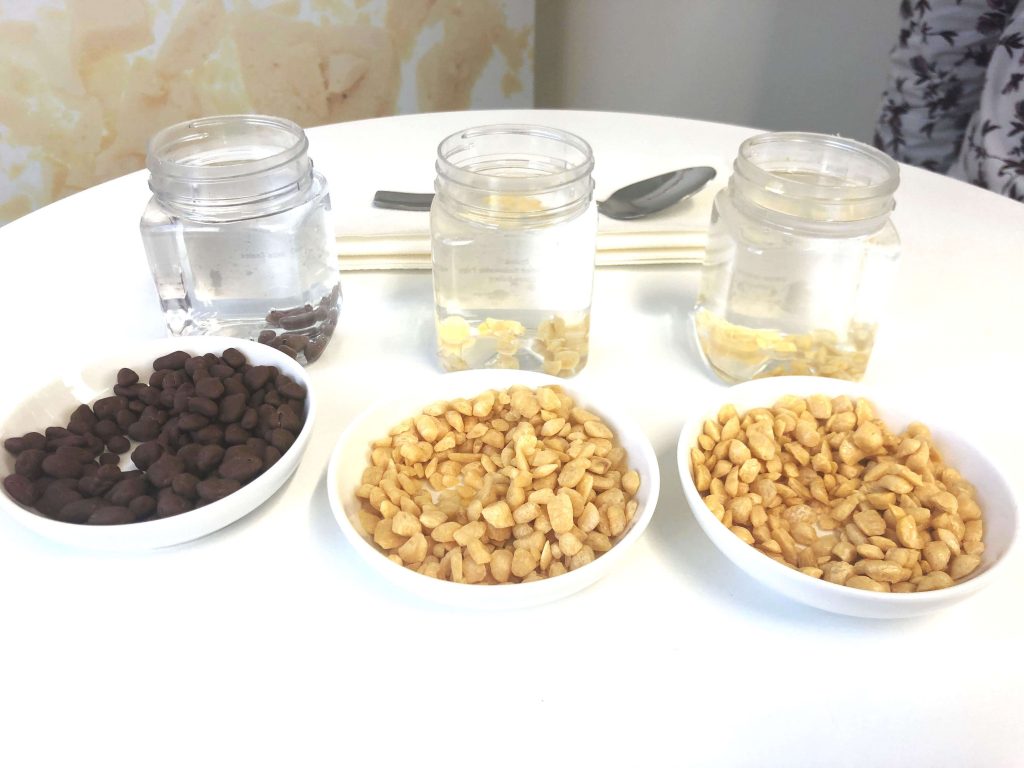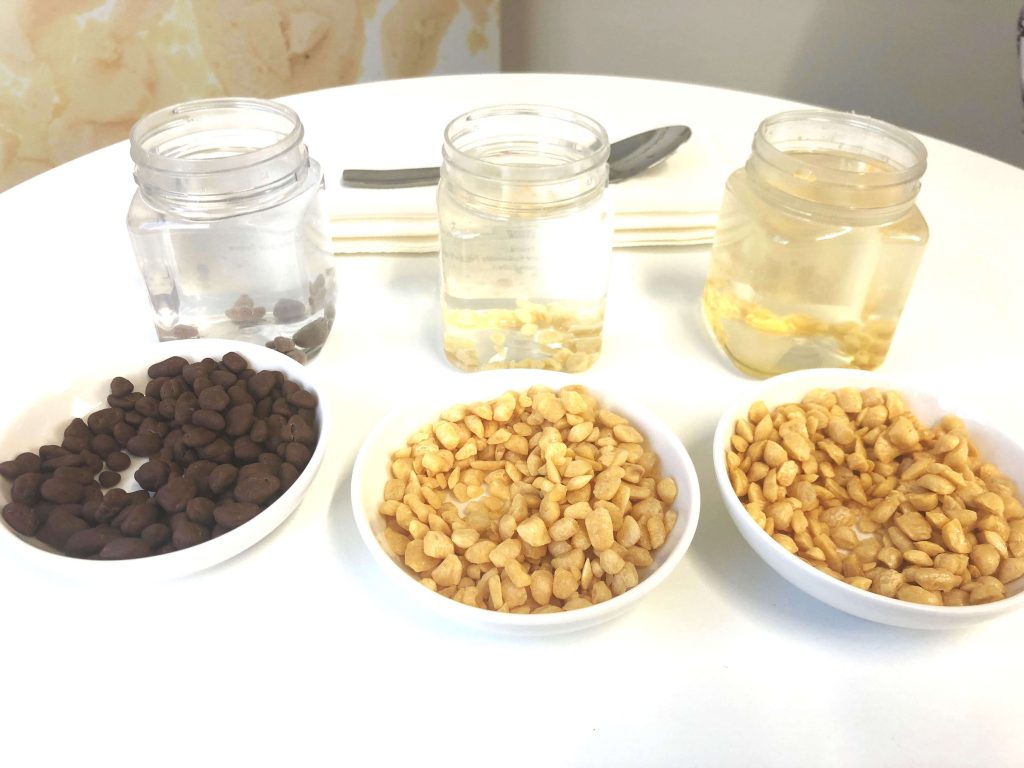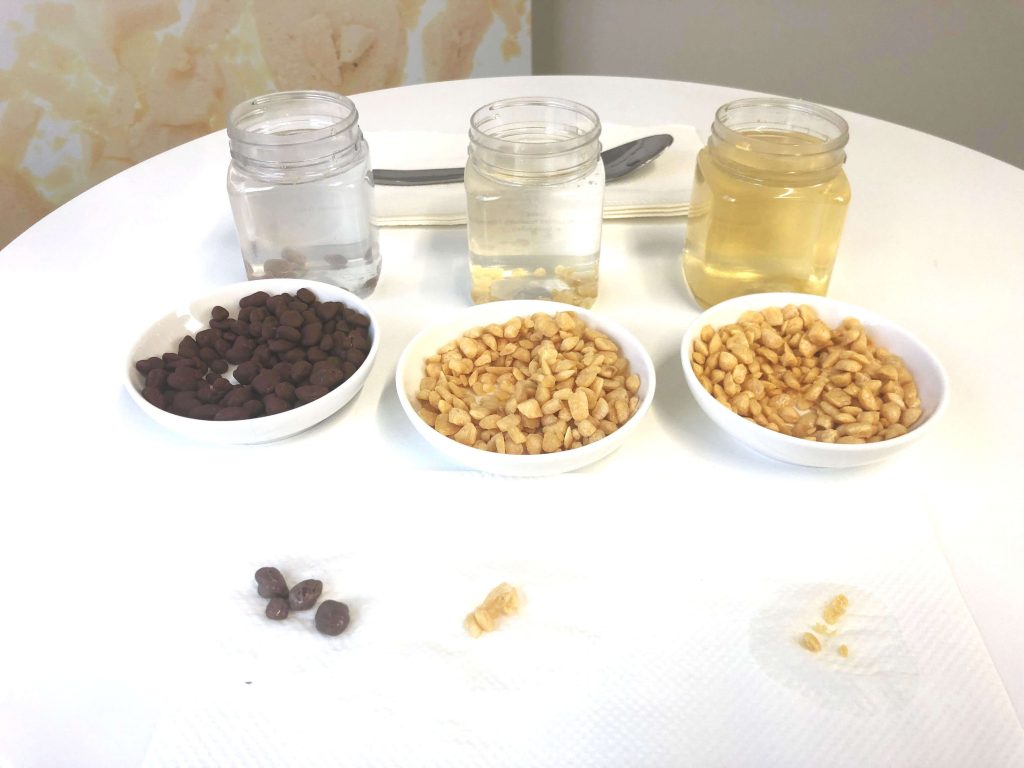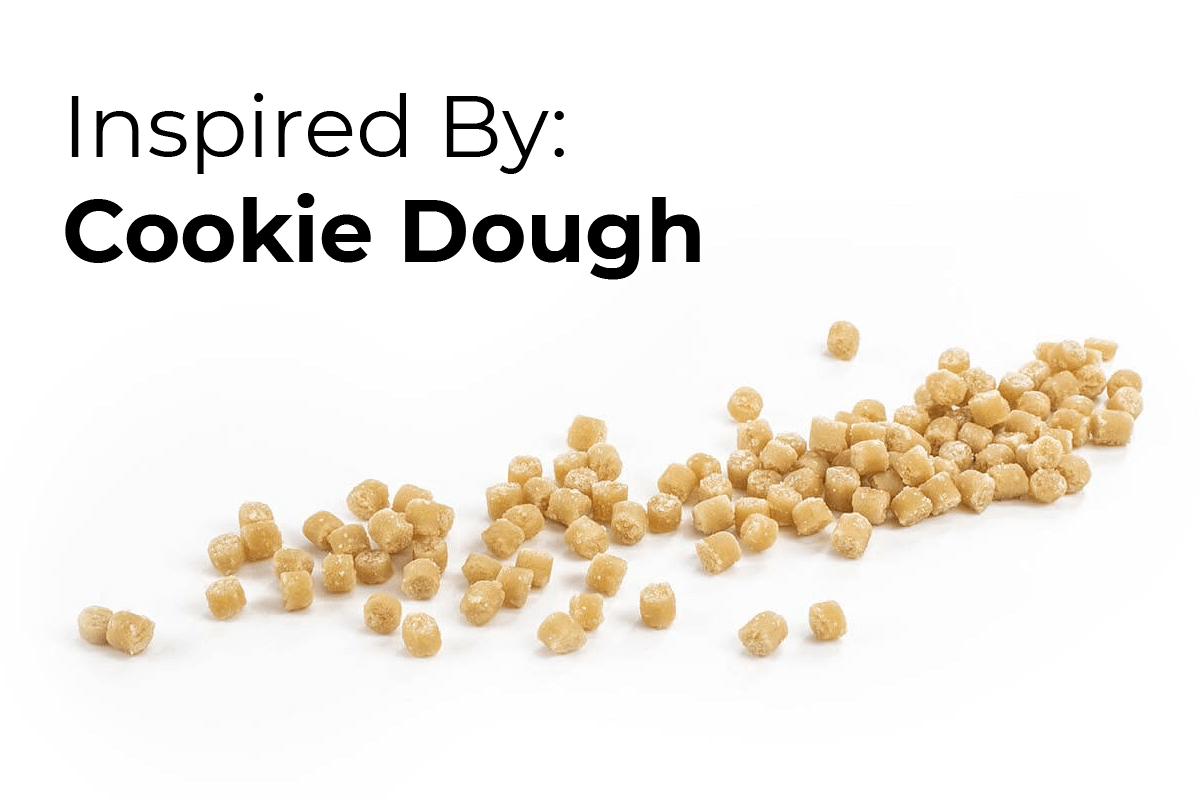
Cookie dough has long been an indulgence snuck from the spoon of family baking or part of the sampling process. Along the way, we’ve found safer ways to enjoy the creamy textured, sweet and fat combination. With special formulations designed just for eating raw, cookie dough inclusions have started to appear throughout a variety of products and overseas, with entire shops dedicated to only serving safe to eat versions of this uncooked treat.
When inspired by cookie dough, you can stick to the caramelly taste of the brown sugar used in the batter, small bits of the real thing, or the soft texture and colour in a shelf-stable application. What you choose to use will be impacted by a lot of various factors, but you might enjoy the caramel flavour and biscuit like crunch of a caramel soft crunch kibble (Left), the sweet brown sugar and vanilla flavour of Cookie Dough (Middle), or the soft smooth texture of caramel fudge balls to give a dough like texture change in your product (Right).
The type of inclusion will greatly depend on your application (amongst other things), as inclusions that are perfect for ice cream are often different than those best suited for chocolate manufacturers inspired by the same cookie dough trend. No matter what your requirements or restrictions, our team are here to help ensure your product development process is a success, get in touch today.
Inclusions inspired by Cookie Dough


